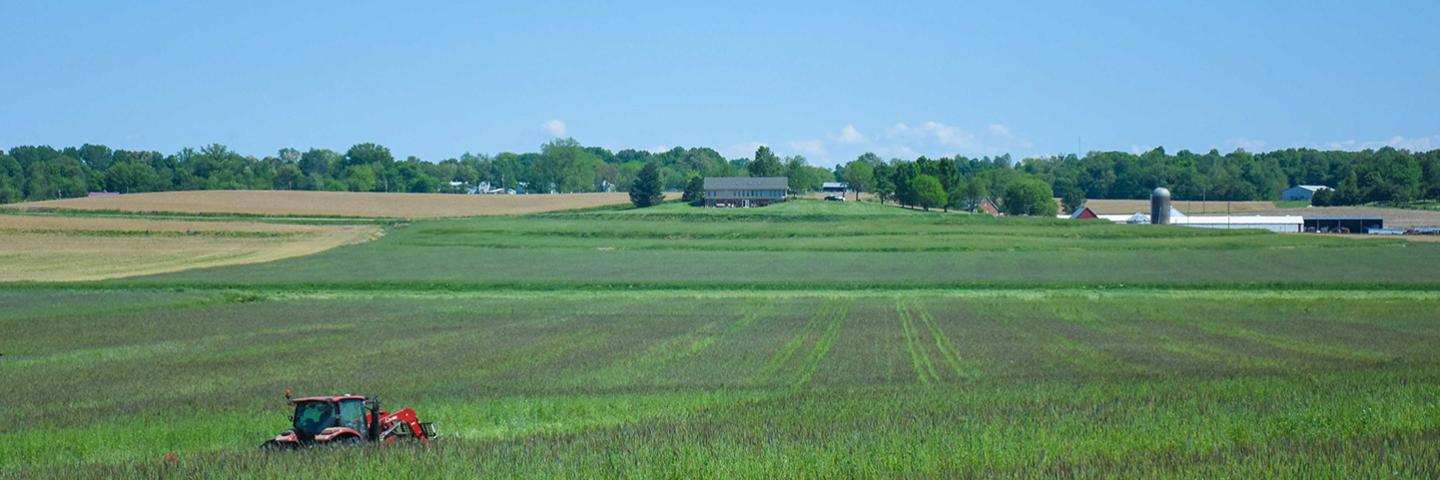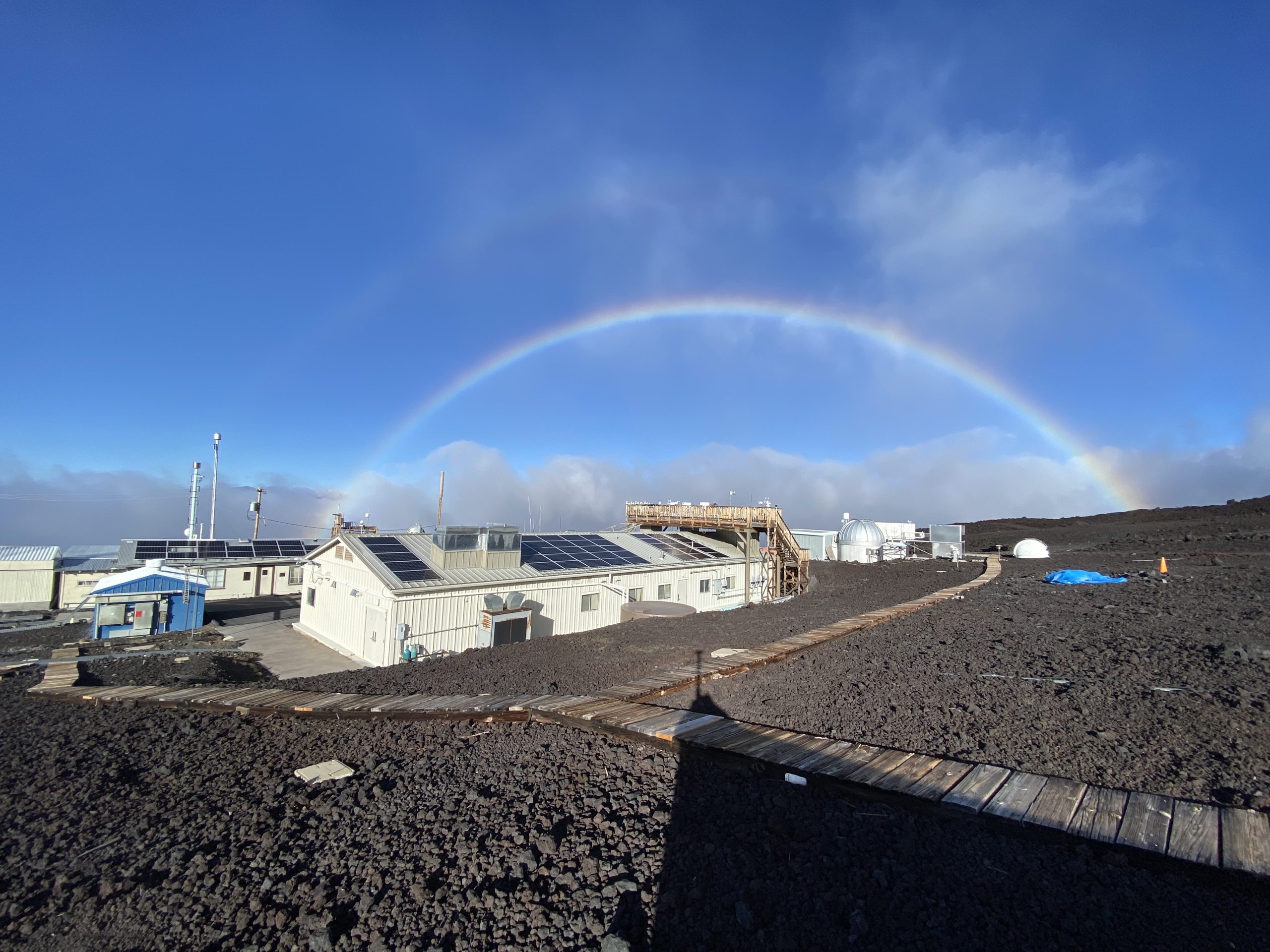Recently, NOAA announced that levels of carbon dioxide measured at NOAA’s Mauna Loa Atmospheric Baseline Observatory (MLO) surged to a seasonal peak of just under 427 parts per million (ppm) in May. When combined with 2023’s increase of 3.0 ppm, the period from 2022 to 2024 has seen the largest two-year jump in the May peak in the NOAA record. As atmospheric greenhouse gas (GHG) levels continue to rise, it is important to understand the basics of what these gases are, how NOAA monitors them, and what they mean for our global climate. Continue reading to learn all about carbon dioxide and why it keeps making headlines.
Basics of carbon dioxide

Carbon dioxide is a gas produced when an organic carbon compound (such as wood) or fossilized organic matter (such as coal, oil, or natural gas) is burned in the presence of oxygen. Carbon dioxide is removed from the atmosphere by “sinks”, such as absorption by seawater and photosynthesis by plants and plankton. Despite comprising a small and sometimes tiny fraction of the atmosphere, many of these trace gases, including carbon dioxide, have a significant influence on Earth’s climate due to a phenomenon called the “Greenhouse Effect“.
The Greenhouse Effect is a naturally occurring process that regulates Earth’s climate by trapping heat from escaping our atmosphere. Without carbon dioxide, Earth’s natural greenhouse effect would be too weak to keep the average global surface temperature above freezing. However, as atmospheric concentrations of GHGs increase, more infrared radiation is absorbed and less escapes directly to space, resulting in amplified warming. This amplified warming is called the Enhanced Greenhouse Effect.
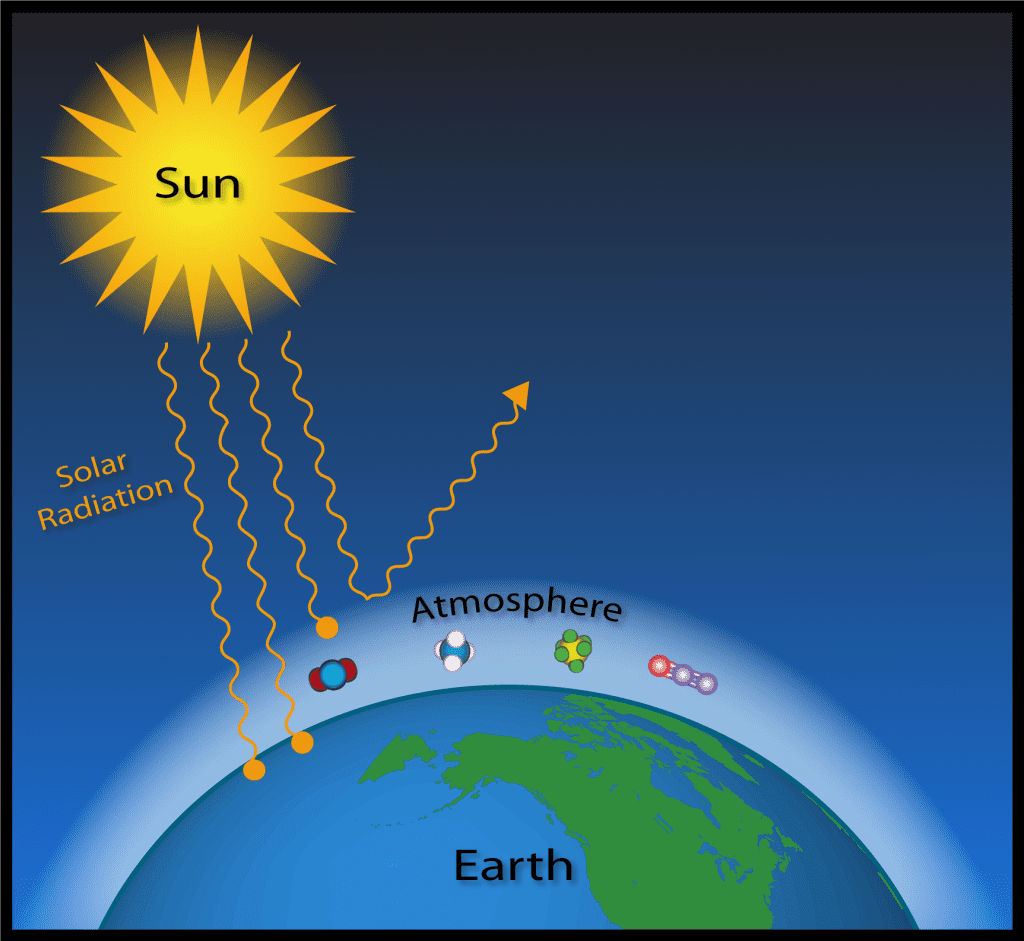

Causes and consequences of rising carbon dioxide levels
Carbon dioxide levels in the atmosphere have varied naturally throughout Earth’s history. However, current atmospheric carbon dioxide levels are comparable to what levels were around 4.3 million years ago during the mid-Pliocene epoch. Burning fossil fuels is a major culprit of rising emissions because fossil fuels contain carbon that plants pulled out of the atmosphere through photosynthesis over millions of years. Now, we are releasing that carbon to the atmosphere in less than 200 years. About half of the carbon dioxide humans release into the air is absorbed at Earth’s surface, split roughly equally between land and ocean. About half of the carbon dioxide humans release into the air stays in the atmosphere for up to thousands of years.
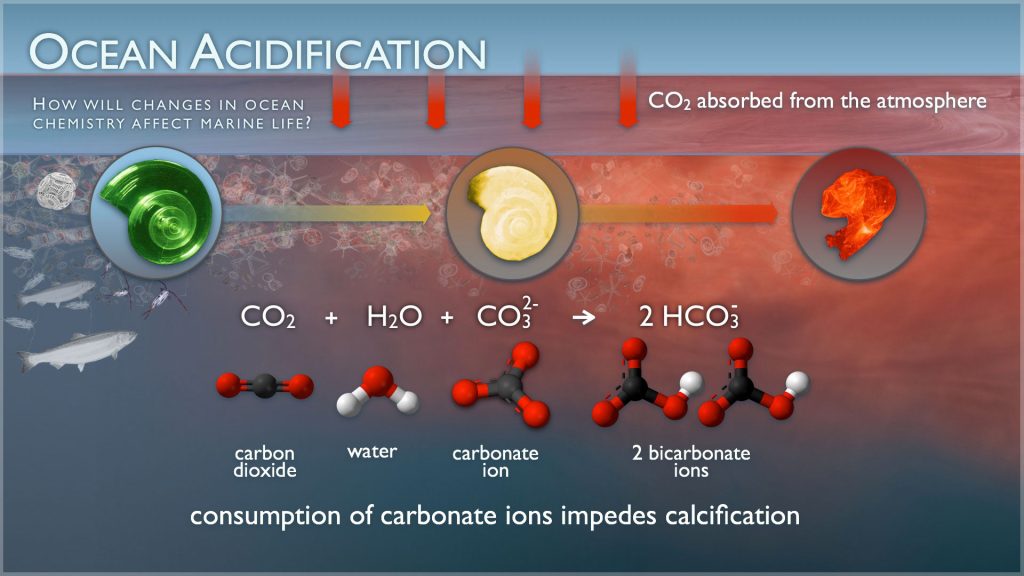

In addition to warming temperatures, rising carbon dioxide levels can cause increased hurricane intensity, sea level rise, ocean acidification, and social inequities experienced by underserved and overburdened communities that face higher risks of illness and death from extreme heat. If global energy demand continues to grow rapidly and we meet it mostly with fossil fuels, human emissions of carbon dioxide could reach 75 billion tons per year or more by the end of the century. Atmospheric carbon dioxide could be 800 ppm or higher—conditions not seen on Earth for close to 50 million years.
How NOAA monitors carbon dioxide
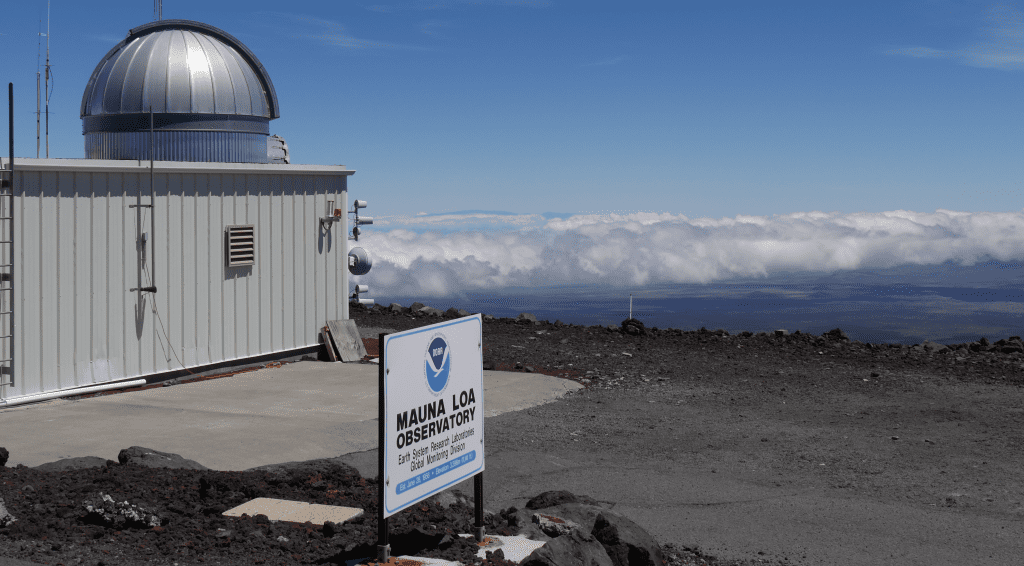

NOAA has been collecting carbon dioxide measurements directly from the atmosphere for 50 years at MLO, with measurements that run in parallel with those taken by the Scripps Institution of Oceanography beginning in 1958. The data collected at MLO, as well as measurements from sampling stations around the world, are incorporated into the Global Greenhouse Gas Reference Network. This network is a foundational research dataset for international climate scientists and a benchmark for policymakers attempting to address the causes and impacts of climate change.
In addition to the data collected at in-situ sites such as MLO, the NOAA Global Monitoring Laboratory monitors carbon dioxide and other GHGs via an aircraft program, cooperative flask sampling network, and the AirCore atmospheric sampling system. By using these various methods to collect data, scientists are able to develop a comprehensive view of global carbon dioxide levels and how they are changing with time.
Below you can find resources for more information on carbon dioxide and other GHGs:
- Find NOAA’s full record of carbon dioxide and other GHGs here.
- Learn more about historical records of carbon dioxide and previous warming cycles here.
- Learn more about how COVID-19 influenced carbon dioxide levels here.
To stay up to date on current GHG and carbon dioxide research happening at NOAA, check out our website and follow us on Instagram, Twitter, and Facebook.


